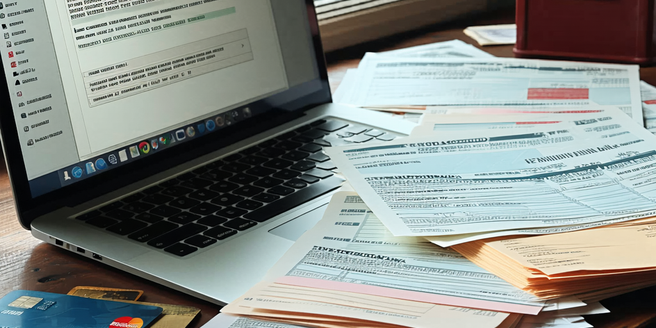Understanding the Basics of Identity Theft
Identity theft occurs when someone unlawfully obtains and uses another person’s personal information, typically for financial gain. This can involve using stolen data to access accounts, open new credit lines, and make unauthorized purchases. Common personal information targets include Social Security numbers, credit card details, and bank account numbers. Identity theft can result in financial loss, damage to credit ratings, and emotional distress. Thieves employ various techniques such as phishing, data breaches, and stealing mail to acquire personal data. Protecting oneself involves being vigilant about sharing personal information, using strong passwords, and monitoring financial statements regularly. Understanding this threat is the first step in safeguarding personal and financial wellbeing, underscoring the importance of awareness and proactive measures to prevent identity theft incidents.
How Identity Theft Impacts Your Credit Score
When identity theft occurs, it can have a severe impact on your credit score. Unauthorized transactions can lead to increased debts and missed payments, which negatively affect your credit report. Thieves may also open new accounts or apply for loans in your name, which results in hard inquiries and additional debt obligations, further damaging your credit standing. This adverse effect on credit scores makes it challenging to qualify for favorable loan terms, credit cards, or housing applications. Identity theft creates complications that take considerable time and effort to resolve, often requiring assistance from legal and financial professionals. It is imperative to regularly check credit reports for any anomalies and immediately address any signs of identity theft to mitigate the potential impact on your credit profile and financial health.
Common Methods Used by Identity Thieves
Identity thieves employ a range of tactics to steal personal information, exploiting both technology and human behavior. Phishing attacks, where fraudulent communications trick individuals into providing sensitive data, are prevalent. These can occur via email, phone calls, or fake websites that mimic legitimate institutions. Data breaches from insecure databases expose vast amounts of personal information for misuse. Physical methods include stealing mail or dumpster diving to retrieve discarded documents containing valuable personal details. Public Wi-Fi networks pose another risk, where thieves can intercept data transmitted over unprotected connections. Understanding these common methods is vital for taking precautions, such as securing online accounts with strong, unique passwords, being cautious about unsolicited communications, and routinely monitoring financial statements for unusual activity to protect against identity theft.
Steps to Take If You Suspect Identity Theft
If you suspect identity theft, it is crucial to act swiftly to protect your finances and personal information. Start by placing a fraud alert on your credit report, which notifies lenders to verify identity before extending credit. Obtain copies of your credit reports from major bureaus to review for unauthorized accounts or transactions. Report the incident to the Federal Trade Commission (FTC) and consider filing a police report, providing documentation that may be needed for further investigations. Contact affected financial institutions to close or freeze compromised accounts. Passwords and PINs should be updated to prevent further unauthorized access. Continued vigilance with credit monitoring services can help detect ongoing threats. Taking these steps promptly can mitigate damage and aid in the recovery process following identity theft.
Strategies for Rebuilding Bad Credit After Theft
Rebuilding credit after identity theft is a gradual but crucial process. Start by regularly monitoring your credit reports to ensure all fraudulent information has been removed. Dispute any inaccuracies with credit bureaus and financial institutions. Paying bills on time is essential to demonstrating creditworthiness, as is keeping credit card balances low relative to credit limits. Consider using secured credit cards or becoming an authorized user on a responsible party’s account to build a positive credit history. Avoid applying for too many new accounts, which can further decrease your score. Budgeting and financial discipline are key components in managing debt effectively and restoring your financial reputation. Please seek guidance from credit counseling services for tailored advice and support throughout your credit recovery journey after identity theft.


